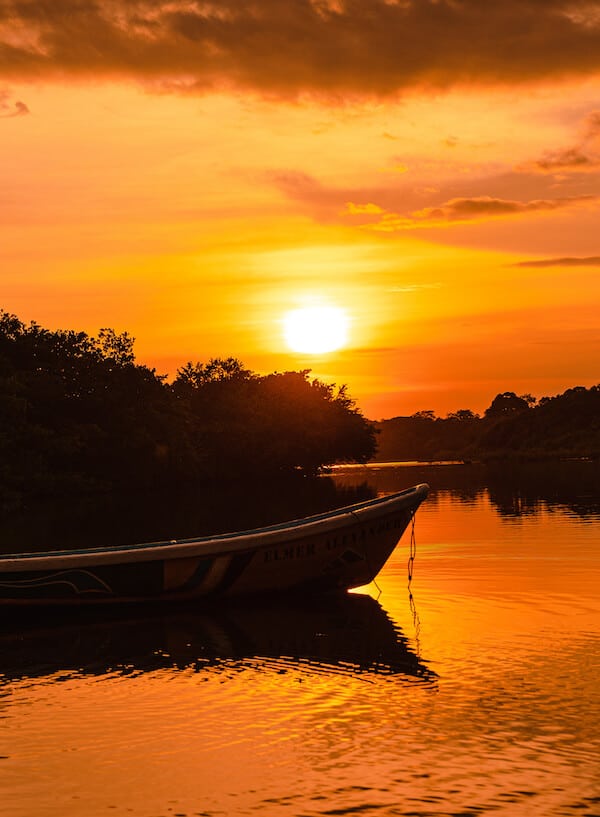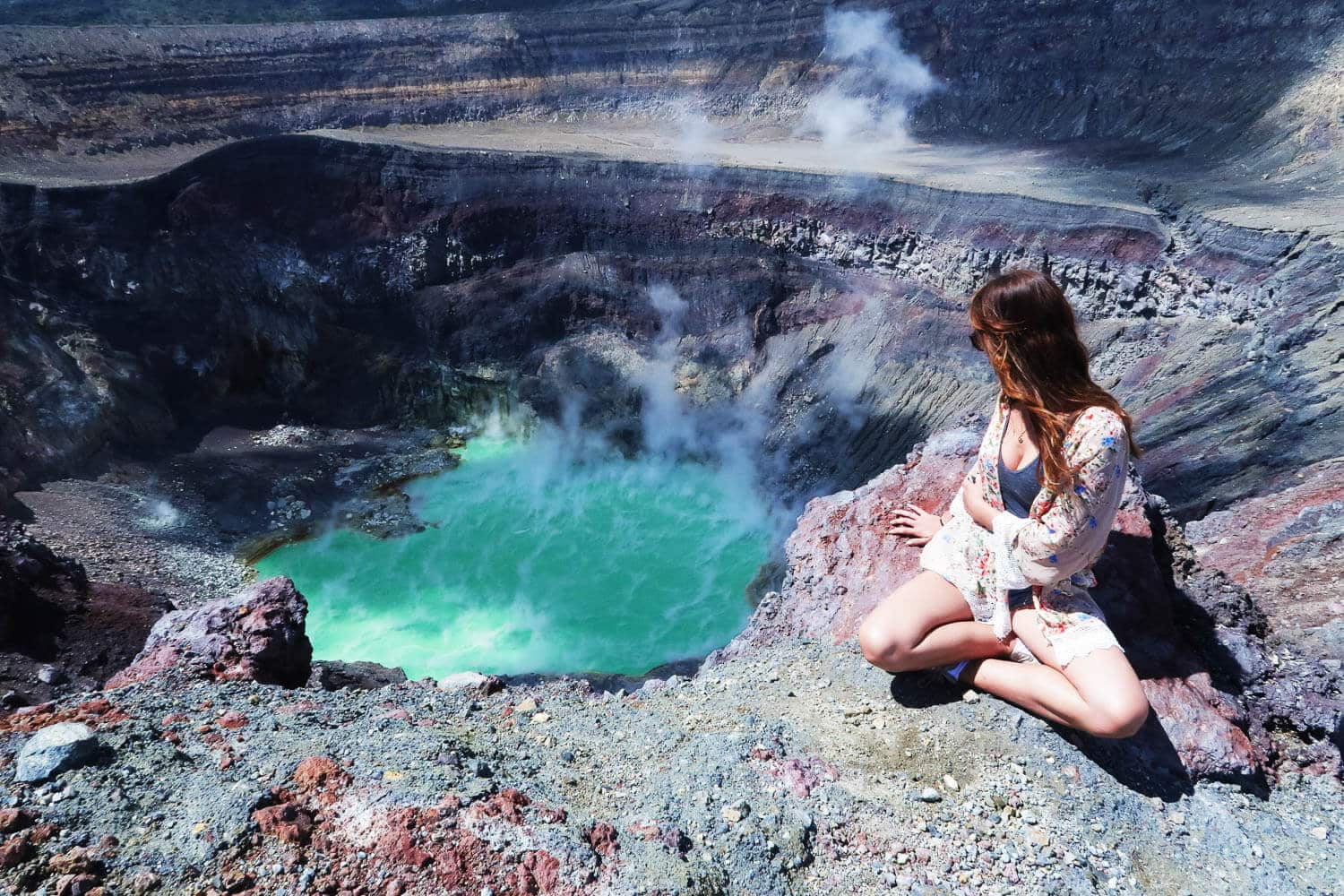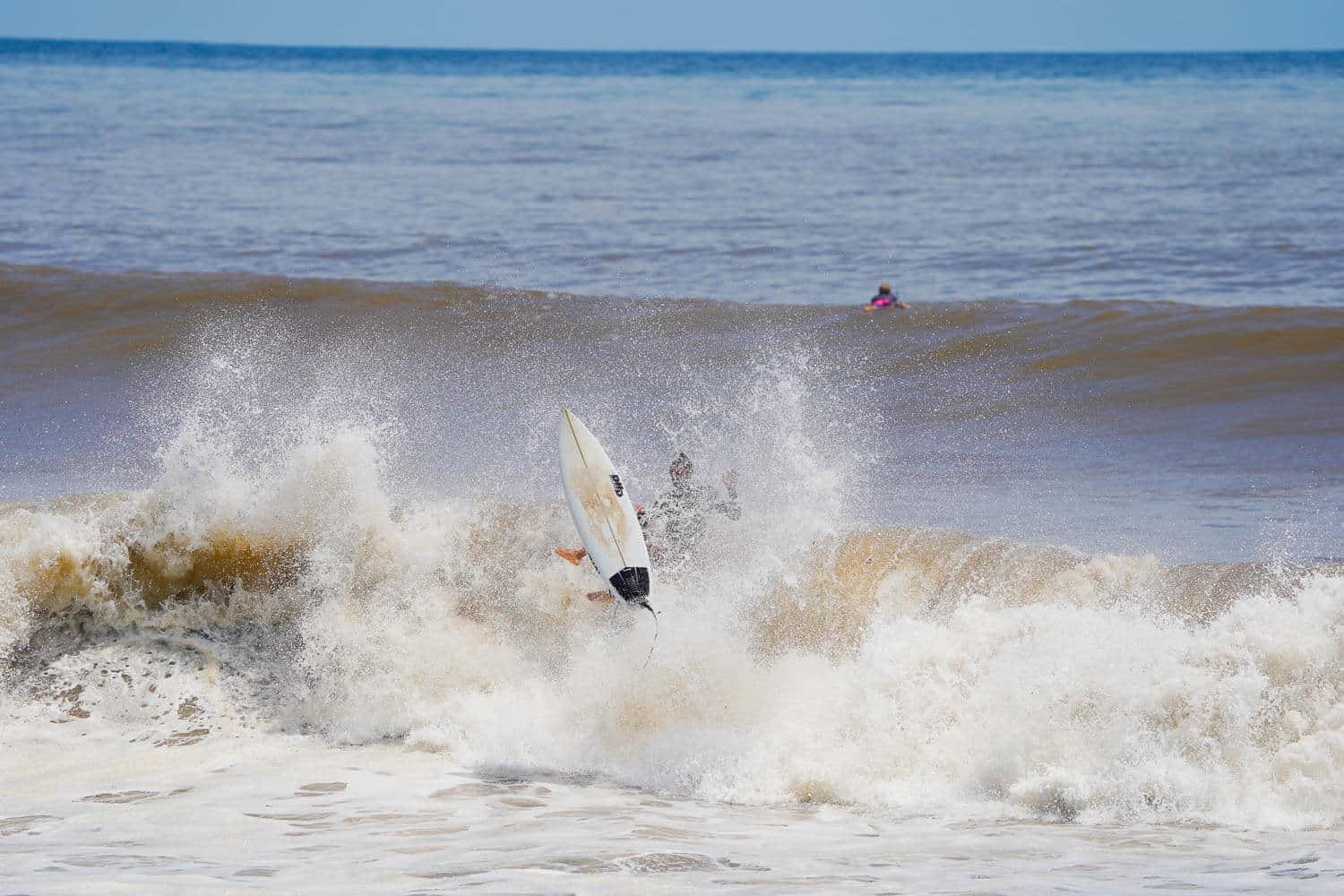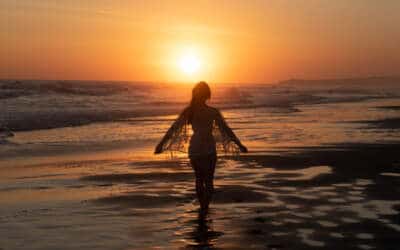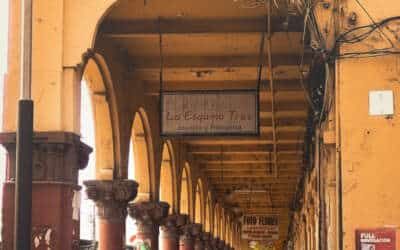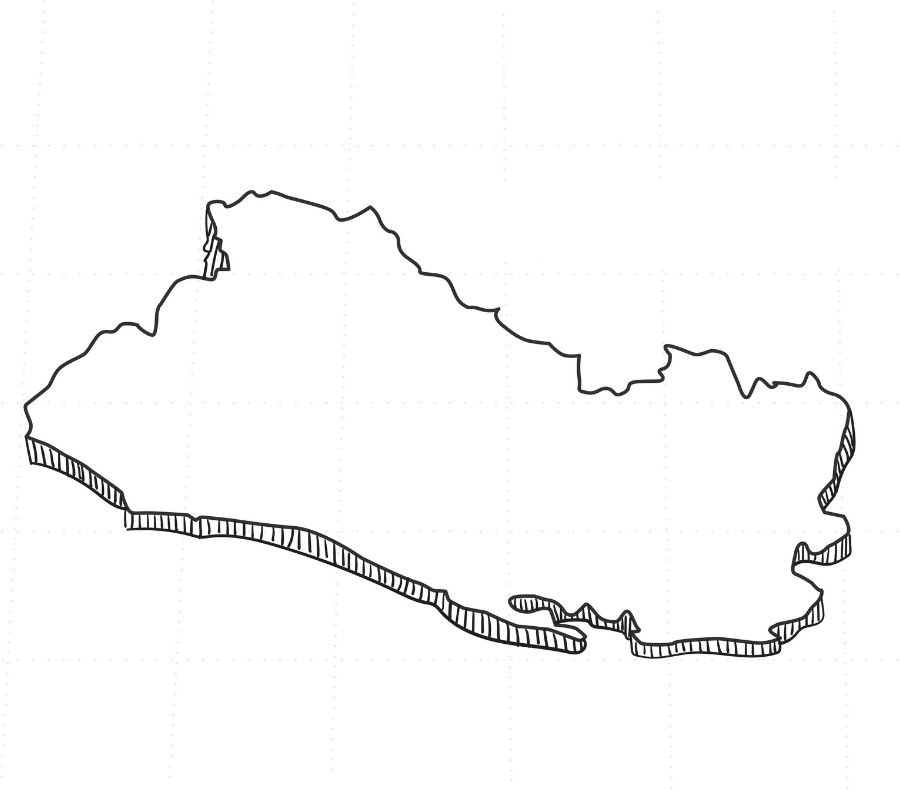
Duration: at least 3 weeks
Best time to visit: October – June
Budget: 65 dollars per day
On our travels, we have heard a lot about the friendliness and warmth of the people of El Salvador.
El Salvador may be small, but there is still an incredible amount to explore here. From breathtaking volcanoes, charming villages, world-class surf spots, fabulously beautiful beaches and lots of cultural activities, we never got bored in El Salvador!
- Experience culture 90%
- Beaches 95%
- Nightlife & atmosphere 110%
- Activities 100%
Due to the many negative headlines surrounding gang violence, the small country is avoided by most travelers. One of the few travel guides about El Salvador states that El Salvador would be the richest country in the world if a country’s wealth were measured in terms of friendliness. We can only agree. From the moment we arrived in El Salvador, we were welcomed with overwhelming friendliness and warmth.

Why travel to El Salvador?
Beaches in El Salvador
El Salvador’s coastline stretches for more than 700 km, which means that there are plenty of beaches to choose from.
El Salvador has some of the best beaches in Central America, with world-class surf spots next to secluded sandy beaches.
The beaches in the west of El Salvador, such as the famous Playa El Tunco, La Libertad and El Zonte, are popular with locals and international visitors. In addition to surfing, the party scene also flourishes here. The beaches in the east, on the other hand, are more for nature lovers and those looking for peace and quiet.
The colonial cities of El Salvador
El Salvador is home to some of the most beautiful colonial architecture in Central America. The capital San Salvador is a good starting point for exploring this side of El Salvador. Other colonial towns worth mentioning are Suchitoto, Santa Ana and La Union. San Miguel is one of the most charming towns in El Salvador with a beautiful colonial center and a magnificent view of Lake Ilopango.
Our favorite cities in El Salvador:
Volcanoes in El Salvador
Neighboring Costa Rica is known worldwide for its volcanoes. But El Salvador also has several active volcanoes, including Cerro Verde, from where you have a breathtaking view of the surrounding landscape.
Hiking on volcanoes is a popular activity in El Salvador that you should definitely not miss out on. The Volcán de Santa Ana, also known as Ilamatepec, is the highest volcano in El Salvador and my absolute highlight despite the 5-hour hike!
It is one of the country’s most popular attractions due to its breathtaking crater lake.
Mayan ruins in El Salvador
El Salvador was once part of the mighty Mayan empire, and there are several well-preserved ruins to discover, including the pyramids of San Andres Itzapan and Joya de Cerén.
The ruins of Tazumal are the remains of a Mayan ceremonial center that was once one of the most important in the region. The site is located in the town of Chalchuapa. These sites offer fascinating insights into the past and are well worth a visit.
What I particularly liked: in contrast to neighboring countries, the Mayan ruins in El Salvador are often rarely visited. This gives you the opportunity to feel the atmosphere of these historic places better.
Surfing in El Salvador
El Salvador is known among surfers for its excellent waves. The country has a long coastline on the Pacific Ocean with many different surf spots. El Salvador has everything to offer if you are looking for lefts, point breaks, beach breaks, estuaries, reefs or slabs. The country is also home to some of the longest and most perfect waves in Central America. Surfing has been popular in El Salvador for half a century. The country’s cobblestone jewels were a staple for an intrepid group of expatriates in the 1970s, and today Salvadorans have found their own niche in the growing surf scene.
Food culture in El Salvador
El Salvador may be best known for its pupusas, but this Central American country has much more to offer in the way of culinary delights. El Salvador’s cuisine is a mixture of indigenous and Spanish influences.
Corn is an important ingredient in many Salvadoran dishes, and you will also find plenty of pork and seafood on the menu.
Of course, no meal would be complete without a pupusa or two. These thick flatbreads made from corn flour are usually filled with cheese or chicharrón (cooked pork), but there are also vegetarian options.
The Juayúa food festival is a must for anyone interested in the food culture of El Salvador. The town is bustling with activity at the food market and there are plenty of opportunities to try traditional dishes. The atmosphere is really great and it’s incredible how lively the city gets at the weekends.
Practical travel tips for El Salvador
What language is spoken in El Salvador?
Spanish! Some El Salvadorians also speak English.
What is the best time to travel to El Salvador?
In general, the dry season from November to April is the most popular time to travel, as the weather is warm and dry and ideal for exploring the beaches, volcanoes and historic towns. However, the rainy season from May to October can also be delightful, especially for nature lovers, as the landscape becomes green and lush and the waterfalls and rivers are fuller. Please note, however, that there can be heavy rainfall during this time, especially in August and September. If you are visiting the country to ride the waves, the rainy season is often preferred as the waves are bigger and more powerful. Ultimately, El Salvador offers travel opportunities all year round, depending on your personal preferences and interests.
Is El Salvador safe?
We always felt extremely safe in El Salvador. The people were very accommodating and keen to make us feel safe as visitors. Gang violence is still very high, but this does not affect travelers.
What is the currency in El Salvador?
US dollars, the El Salvadorian peso, which is hardly in circulation any more, and Bitcoin. Here is an interesting article on this.
Public transportation in El Salvador
Public transportation in El Salvador consists of buses and metro buses.
A one-way ticket for one of these means of transportation costs 0.25 US dollars. The buses in El Salvador are both privately and publicly owned, with the majority being privately owned. The public bus system comprises three types of buses.
We mostly explored El Salvador by bus and enjoyed it. We had often already made new friends by the time we arrived. The buses themselves are comfortable and get you to your destination quickly.
Internet and sim cards in El Salvador
Sim cards can be bought on virtually every street corner in El Salvador. It is best to take a copy of your ID with you. Claro has the largest network coverage.
Can I drink the tap water in El Salvador?
No! Don't drink tap water in El Salvador; take your water filter or a self-cleaning UV water bottle with you instead!
The water from the state water supplier(ANDA) is generally safe, but you never know what water source the restaurants, hotels and so on are using.
What should I look out for on my trip?
Waste: As everywhere in Latin America, most street food is served in plastic or disposable containers. Be sure to take your foldable food container with you. Don't forget to take your Lifestraw with you.
Sun protection: Protect the coast of El Salvador by using reef-compatible sunscreen.
Packing list Central America
Central America is very diverse and offers plenty of things to do.
On our packing list you will find everything you need to be well prepared for your El Salvador trip, from clothes to eco-friendly care products and practical travel gadgets!
Our El Salvador itinerary
Don’t leave out El Salvador! This small country will enchant you!
Beaches in El Salvador | Central America’s hidden germs
We’ve talked a lot about why El Salvador should absolutely be on your travel list, and today, we’re focusing on one of its absolute gems: the stunning beaches.
Golfo de Fonseca | The most unique border crossing
Golfo de Fonseca, an archipelago shared by Nicaragua, Honduras and El Salvador, a former playground for pirates, afforded us with the most stunning and relaxing border crossing experience in our backpacking history.
San Salvador | a resilient capital, rich in history, scars and hope
San Salvador, El Salvador’s resilient heart. The capital bears deeps scares, many of them still visible at Centro Histórico and in the hearts and memories of its inhabitants. Its heartache was omnipresent, yet the city’s fierce determination for a better future, its hopes and aspirations are infectious and the reason why San Salvador is our favorite capital in Central America.

